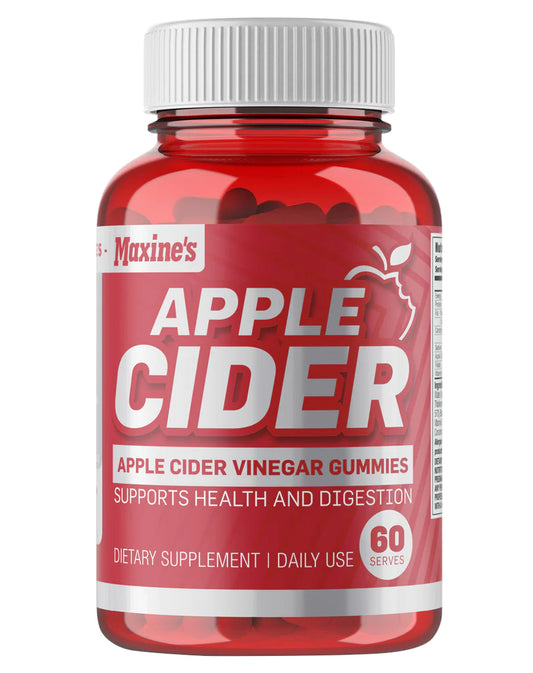You’ve heard the saying, “abs are made in the kitchen”. Well, if abs are made in the kitchen, then knowing how to calculate your macros is the secret ingredient you need to perfect your recipe. Our bodies are complex machines that depend not only on the right foods but the right quantities to look and feel at their very best. If you’re struggling to make any headway with your fitness goals it may be time to take another look at what you’re feeding your body.
Powerhouse is as eager to see you succeed as you are. Read our blog to find out all you need to know about macros and how you calculate them.
What are macros?
Macronutrients is the term used to refer to nutrients in our diet that we need in large quantities. These include protein, carbohydrates and fat.
Macros is the term used to abbreviate macronutrients.
Why are they important?
Each macronutrient is responsible for playing a critical role in helping you reach your ideal body composition:
Despite popular opinion, muscle growth doesn’t happen in the gym but when you are at rest and recovering. You tear your muscle fibres as you workout and lift weights. Protein is the macronutrient that helps you repair this muscle tissue and build it so it can be stronger and bigger, in order to cope with the heavy loads it needs to move.
Carbohydrates supply the body with the energy it needs to fuel your workouts. It also aids protein synthesis and keeps your muscles from looking flat and depleted.
According to
Fredrik Tonstad Vårvik, a featured writer on BioLayne (Holder of PhD in Nutrional Sciences, Dr. Layne Norton’s site) notes the importance of fats as a macronutrient. Fats play the role of protecting vital organs, act as an energy source and reserve, provide thermal insulation, and fulfil their role as vitamin carrier and source.
Understanding your macros and the role they play in fuelling your body’s progress is critical. Powerhouse provides supplements that help you hit your calorific and macronutrient goals with .
How to calculate
If you’ve ever heard of IIFYM (If It Fits Your Macros) or Flexible Dieting, and want to try it, then knowing how to calculate your macros is a must. It is the first step and basis of the dieting process. Admittedly, there isn’t a 100% accurate method but incorporating either a macros calculator or using the below formula will help ensure you reach your specific body composition goals.
- Step one –Calculating your TDEE (Total Daily Energy Expenditure)
Your TDEE refers to the amount of calories you burn in a day. Why is this important? If you are striving to lose weight then eating less than you expend will help you achieve this and conversely, eating more than your TDEE will help you gain weight.
The Mifflin, M. D., St Jeor formula is widely popular and common method used to calculate your TDEE.
The formula used to find your Resting Energy Expenditure (REE), the base amount of energy needed to keep your body running without any movement is as follows:
For males:
10 x weight (kg) + 6.25 x height (cm) – 5 x age (y) + 5 = REE
For females:
10 x weight (kg) + 6.25 x height (cm) – 5 x age (y) – 161 = REE
The REE then needs to be adjusted to reflect the level of activity you regularly undertake:
-
Sedentary – (REE X 1.2)
-
Light activity – (REE x 1.375)
-
Moderate activity – (REE x 1.55)
-
Very Active – (REE x 1.725)
Congratulations! You now have all you need to determine how many calories you must consume to maintain your current weight. In order to gain weight, simply eat more than your TDEE and to lose, eat less. However, we still haven’t covered your macros yet but read on to find out what the next step is.
Your macros
Each macronutrient accounts for a certain amount of calories. The exact amounts are as follows:
- 1g Protein = 4 Calories
- 1g Carbohydrate = 4 Calories
- 1g Fat = 9 Calories
In order to ensure you are consuming enough protein for muscle growth you should be consuming roughly 2.2g of protein per kg of lean body mass. Regarding your carbs and fats, you can opt to have a ‘fat dense’ diet or ‘carb dense’ diet just as long as you make sure to stay within the boundaries of your set caloric intake for your specific goal.
This can seem like quite a lot effort to go through just to calculate your macros so if you’d rather spare yourself the walk down memory lane to maths class then search for a macro calculator online and save yourself the hassle.
Bonus tip - Hit your macros
Occasionally, it can be quite challenging to hit your macros, particularly with the frantic pace of daily life. Sometimes there simply isn’t enough time, which is why we provide an extensive range of supplements to help you balance good nutrition with a busy lifestyle.
Click here to browse our online store.
References:
Mifflin, M. D., St Jeor, S. T., Hill, L. A., Scott, B. J., Daugherty, S. A., & Koh, Y. O. (1990). A new predictive equation for resting energy expenditure in healthy individuals. The American Journal of Clinical Nutrition, 51 (2), 241-247.
Powerhouse and its dedicated staff live, breathe and love fitness. We sample everything we sell because we have a passion for what we do. For a comprehensive range of supplements, clothing and accessories at the most competitive prices,
get in touch today. Similarly, if you simply want fitness-related advice and guidance we’d love to hear from you and assist.









